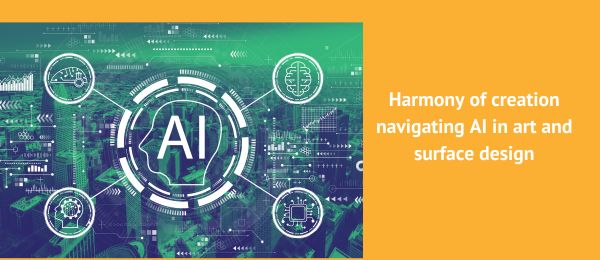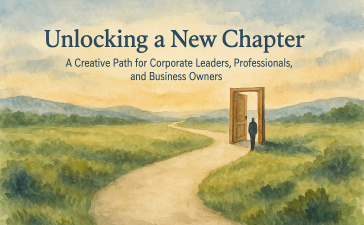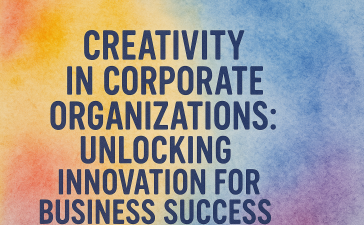Introduction: Artificial Intelligence (AI) is poised to reshape the landscape of art and surface design, heralding a new era of possibilities. As we delve into the intricate tapestry of this intersection, let’s explore the key points that define the transformative impact of AI on creativity and innovation in these industries.
1. The Creative Collaborator:
- Pro: AI acts as a creative collaborator, offering inspiration, generating ideas, and pushing boundaries that may elude human imagination.
- Con: There’s a concern about AI overtaking the creative process, potentially diluting the uniqueness that human intuition brings to art and surface design.
2. Enhancing Design Efficiency:
- Pro: AI streamlines the design process, reducing time and effort. It can analyse vast datasets to identify trends, helping designers stay ahead in a fast-paced industry.
- Con: Overreliance on AI might risk stifling the organic, hands-on approach that many designers value in the creative process.
3. Personalization and Customization:
- Pro: AI enables personalized design experiences, tailoring products to individual preferences. This personal touch can enhance customer engagement and satisfaction.
- Con: Striking the right balance is crucial; excessive personalization might lead to a lack of variety or a sense of predictability in design outcomes.
4. Design Exploration and Iteration:
- Pro: AI facilitates rapid design exploration and iteration, allowing designers to experiment with diverse styles, patterns, and colour schemes efficiently.
- Con: The challenge lies in ensuring that the efficiency gains don’t compromise the depth and thoughtfulness of each design iteration.
5. Predictive Trends and Market Intelligence:
- Pro: AI excels at predicting trends by analysing vast datasets, empowering designers to create products aligned with market demands.
- Con: Blindly following trends without human intuition can lead to a lack of originality and uniqueness in design.
6. Addressing Sustainability Challenges:
- Pro: AI aids in optimizing material usage and production processes, contributing to sustainable practices within the art and surface design industries.
- Con: There’s a risk of overlooking the intricacies of sustainable design principles if AI is solely focused on efficiency metrics.
7. Ethical Considerations in AI-Generated Art:
- Pro: AI-generated art can provoke new discussions around the definition of creativity and the role of the artist in the digital age.
- Con: Ethical concerns arise, especially when AI is tasked with replicating existing artists’ styles or potentially replacing human artists altogether.
8. The Need for Human Touch:
- Pro: Human involvement remains irreplaceable; AI can enhance, but not substitute, the emotional and personal connection that art and surface design often evoke.
- Con: An overemphasis on automation might lead to a loss of the human touch, impacting the emotional resonance of creative works.
9. Copyright and Ownership Challenges:
- Pro: AI tools can assist in creating original works, but navigating copyright and ownership issues becomes critical to ensure fair recognition and compensation.
- Con: Determining authorship and ownership rights in AI-generated art poses legal challenges that need careful consideration.
10. Augmented Reality (AR) and Virtual Experiences:
- Pro: AI enhances immersive experiences through AR, allowing customers to visualize art and surface designs in real-world contexts before making a purchase.
- Con: Balancing the integration of AR with the tactile and tangible aspects of art poses challenges, especially for surface design where texture and feel matter.
Conclusion: As we embrace the AI revolution in art and surface design, it’s crucial to navigate these complexities with a discerning eye. The future promises a harmonious collaboration between human creativity and AI innovation, where the synergy of both realms’ births unparalleled possibilities. By fostering this delicate balance, we can elevate the industries, captivate audiences, and chart a course for a future where art and design are not just created but experienced in profound new ways.
Want to learn more?
- Find out more
- Launch Pad + Accelerator Expressions of Interest
- Selling and Licensing Your Art & Designs Around the World with ArtSHINE.
We’re here to help you to take action, just like we’ve helped thousands of other entrepreneurs, business owners, and creative professionals all around the globe.
Now is the time to let your passion SHINE.
Now is the time to Make Tomorrow Today!
To your success, Vinh Van Lam and Stuart Horrex Cofounders
ArtSHINE.com





